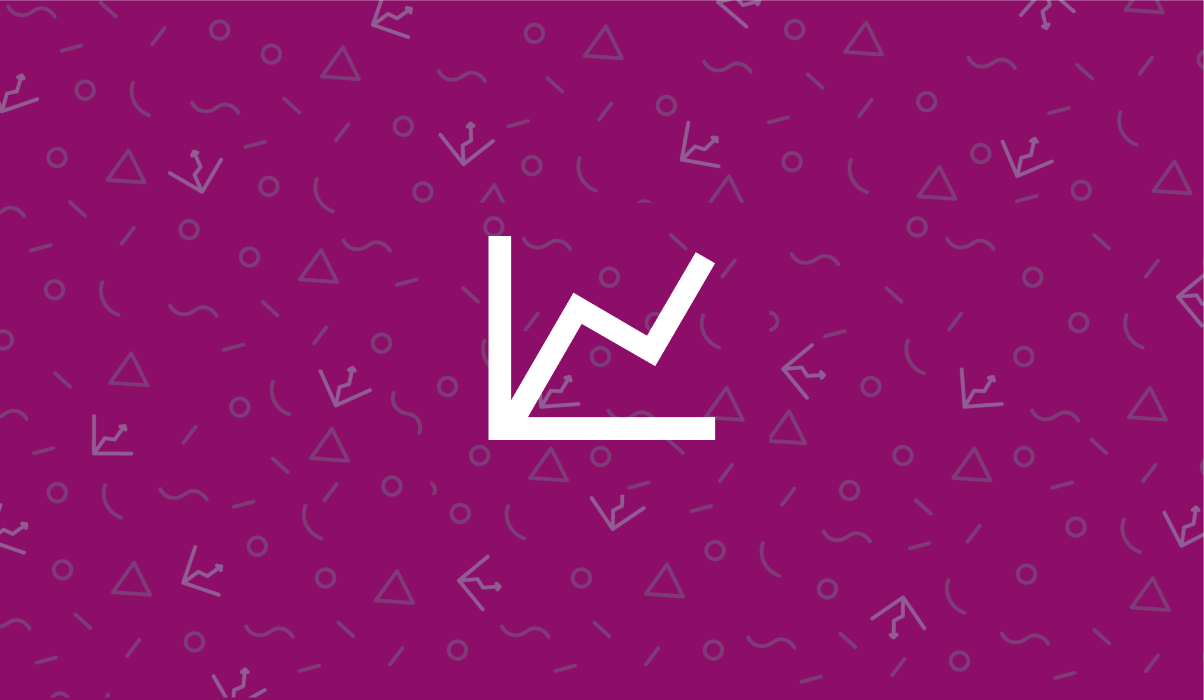Congrats, you’ve made it to the end of the 2010’s! What a moment to reflect back on all of the milestones you’ve hit, late nights you’ve spent ensuring deadlines are met, and to celebrate the holidays with your fellow comrades who’ve worked tirelessly to finish this year on a high note.
It’s also the best time to take a look forward and get a headstart on your approach to crush 2020. And as you begin setting strategic goals to propel your business forward in the new year, it’s important to understand how your goal-setting framework plays a part in achieving those objectives.
A common question that we hear at Yaguara from managers, executors, and visionary leaders alike is, “What’s the difference between OKRs and KPIs?” and more importantly, “What is the optimal way to use OKRs to measure and achieve our goals?”
There are some similarities between OKRs and KPIs, so let’s dive into what the primary differences are and how to identify the right framework to use for any unique business goal.
Defining OKR
Objectives and Key Results (OKR) is an organizational goal-setting framework, which your business can use to tie actionable tasks to their respective key results. The purpose of operating with this goal-setting framework in mind, is to align executors, or performers of these tasks, with the key results that demonstrate success.
Here is where some goal-setters get confused, though. “Key results” seems pretty similar to “key performance indicators” or the more commonly used term, KPIs. So, what’s the difference?
The Difference Between a Key Result & KPI
Let’s start with the obvious similarity here. Whether you’re stating a key result or key performance indicator for your next business objective, the point to keep in mind is the word “key”. Felipe Castro, author of The Beginner’s Guide to OKR put it best when he said, “If everything is a priority, nothing is.”
The most crucial item managers and visionary leaders should consider when it comes to helping teams tie their to-do list with a desired achievement, is to identify the success metric that matters most to each Objective.
It’s easy to get shiny object syndrome and imagine how successfully tackling an Objective will result in more sales, more followers, more site visits, and so on. This is not to say you cannot have more than one key result tied to a single objective, but you should limit this to only a handful of the most important results that show the organization whether or not the Objective was ultimately successful. This brings us to the major difference between key results and key performance indicators.
Key results are the end results your team uses to measure whether or not the objective was a success. Key performance indicator (KPI) on the other hand, is the quantifiable measure (or benchmark) used to evaluate that success.
Examples of Key Results and KPIs
1. Launching a New Product
Let’s say you’re launching a new line of sneakers. You’re about to head into a meeting to rally the team around the end goal, and the steps it will take to get there (no pun intended).
Your Objective in this case is to successfully launch a new line of sneakers. Therefore, you could hypothetically define your key result and KPI as follows:
- Key Result: Increase conversion rate from 2.86% to 3.00%
- KPI: Amount of visitors to your website and social media channels
Get Started with a Product Launch Template
2. Increasing Your Customers’ Lifetime Value
Your focus here is to boost your current customer base’s lifetime value. Assuming you have already calculated the average current customer LTV (which is the expected revenue generated by future sales), or each tier’s customer LTV, you’ll want to consider what the goal value is, and how to move forward.
Your Objective in this case is to increase customer lifetime value. So, your key result and KPI might look like this:
- Key Result: Increase Customer LTV from $1,325 to $1,500
- KPI: 1) Cart add-ons, 2) Dollar value purchased per transaction
Get Started with Growing Customer Value Template
3. Decreasing Cost Per Acquisition
In this scenario, your focus is to lower the cost per acquisition (CPA) for your business so that you can put more of the marketing budget toward Q2 initiatives. To simplify the situation, let’s assume your primary channel for acquiring new customers is pay per click (PPC).
Your Objective is to lower the CPA in Q1. With this in mind, you may want to set up your key result and KPI this way:
- Key Result: Lower Cost Per Acquisition from $25 to $22
- KPI: Click-through Rate (CTR) and Quality Score (QS)
Get started with a Customer Acquisition Template
Ready to Build Your OKRs?
Now that you understand how Objectives, Key Results, and KPIs work independently and together, let’s dive into next steps. If you’re ready to get a leg up on this year’s strategic goal-setting and to align your team(s), you can get started for free with customized OKR templates for any e-commerce Objective you’re looking to achieve in the new year.
Happy Holidays, and Happy Goal Setting!
-The Yaguara Team
Get Started with Yaguara Templates →













.png)
